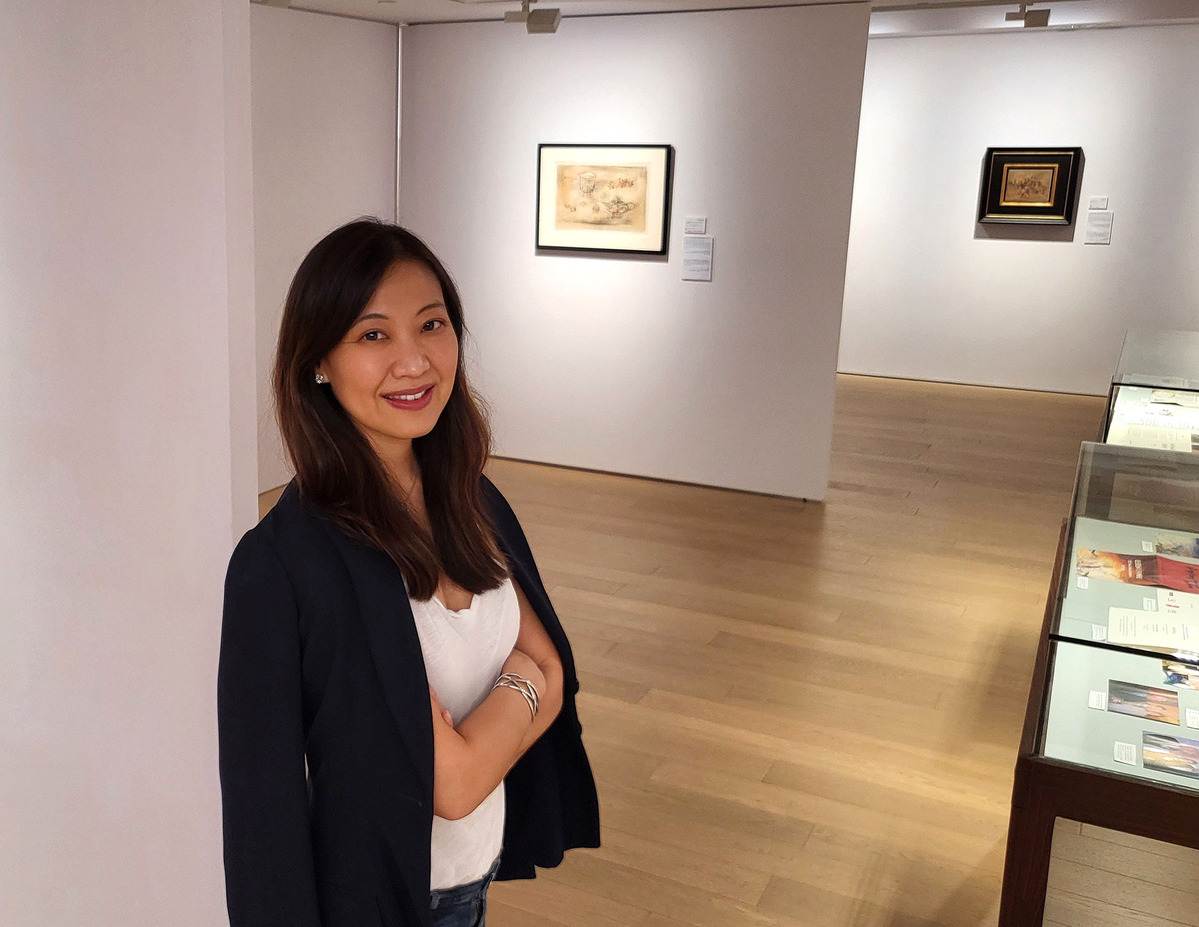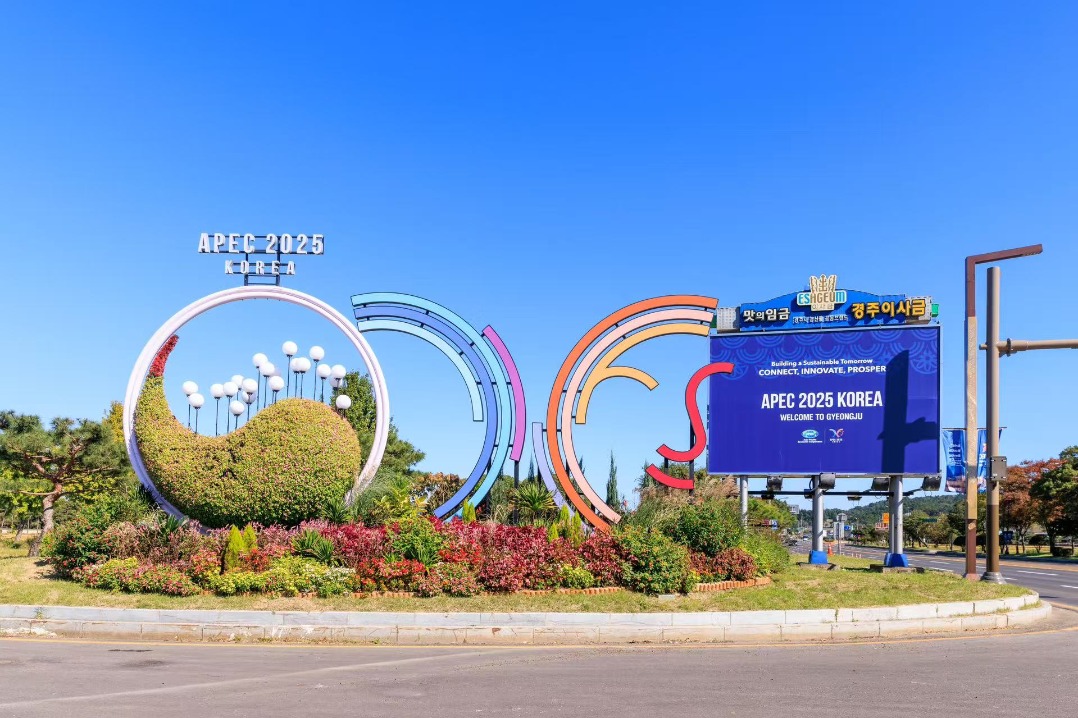Rise of the young Chinese brigade

Be careful what you wish for
The Art Basel and UBS report of 2024 conjectures that some of the speculators earlier active in China's real-estate market might now be trying their luck in the Chinese contemporary art market instead. While speculators are capable of ratcheting up sales figures, the initial boom thus created is unsustainable in the long run.
"Speculation is inherent in any thriving market," says June Hsu, Poly Auction Hong Kong's co-head of Modern and Contemporary Art. "The auction process involves free bidding, and the outcome is determined by the highest bidder. It is beyond the control of the auction company."

However, she rejects the idea that young Chinese artists have found favor with collectors as a result of speculation. She believes that their success is the result of a steady "rise in systematic collection of their works by emerging institutions" as well as a number of young collectors taking active interest in them. She adds that thanks are also due to the enhanced visibility of young Chinese artists at the ever-increasing number of art fairs on the Chinese mainland, as well as at acclaimed international events like Frieze London.
Daphne King, director of Alisan Fine Arts gallery, believes that speculation will cease to have any effect on the market when collectors know enough to make up their own minds. She contends that "museums, galleries, curators, scholars, art publications, biannuals and art fairs" all have a role to play in keeping the buyers better informed.

"Enhanced understanding of Chinese contemporary art, its historical context, and artistic developments, will lead to collectors and investors making more informed decisions based on artistic merit rather than purely financial considerations," King says.
A young generation of talented Chinese contemporary artists has arrived on the scene at a curious time of economic slowdown and cultural shifts. While they are enjoying the benefit of the ever-increasing number of art galleries and private museums all across China and the opportunity to showcase their works to a much wider audience than ever before, skeptics wonder if the incredibly high hammer prices some of these newcomers are attracting might be a result of speculation by investors looking to offset financial risks.
While such a possibility cannot be ruled out, there will always be those who collect for the love of art. As Bao says, "My collection is a big part of my life and my living space. I try my best to learn about the artists, their dreams and thoughts, before purchasing their works."
Chengdu-born, Beijing-based artist Hao Liang's triptych, Theology and Evolution, was sold at Sotheby's Hong Kong in April for $3.1 million, one of the top three auction results achieved by living male artists under 40 last year.
























